Explore all New Cars of 2024
 Hyundai Creta N Line Base N8 Variant Explained In 10 Images
Hyundai Creta N Line Base N8 Variant Explained In 10 Images

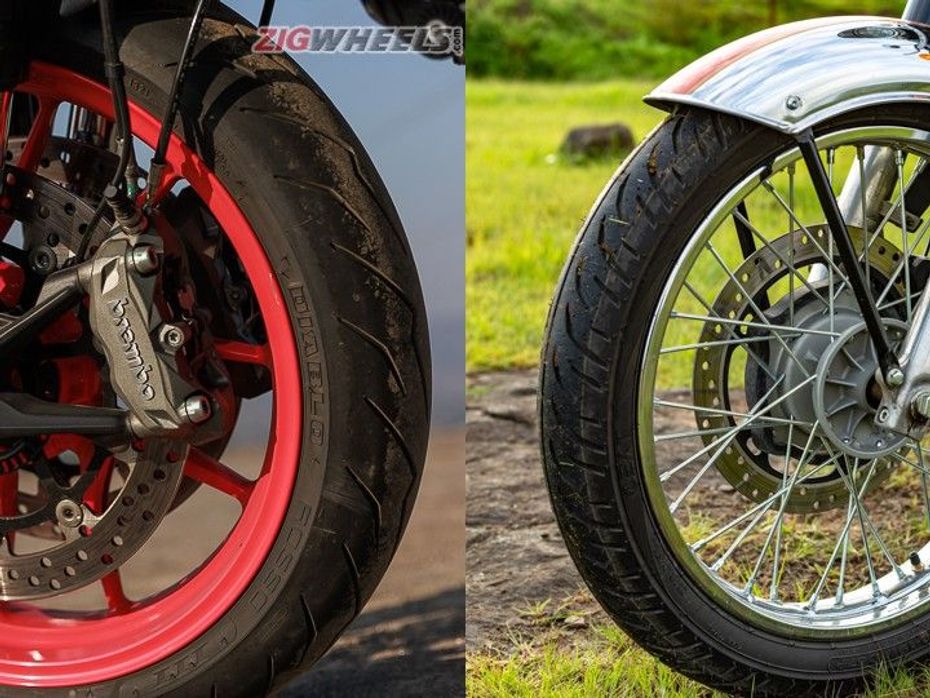
A lot of two-wheelers come equipped with tubeless tyres these days, but still most buyers aren’t aware of exactly how they differ from conventional tube-type tyres, or even what benefits one type has over the other. Simply put, tube-type tyres rely on a separate thinner rubber tube which sits between your tyre and rim to hold air pressure. As the name suggests, tubeless tyres use no such tubes, instead forming a good seal with the lip of your wheel rim to hold air within the cavity of the tyre itself. Both types have some advantages and disadvantages.
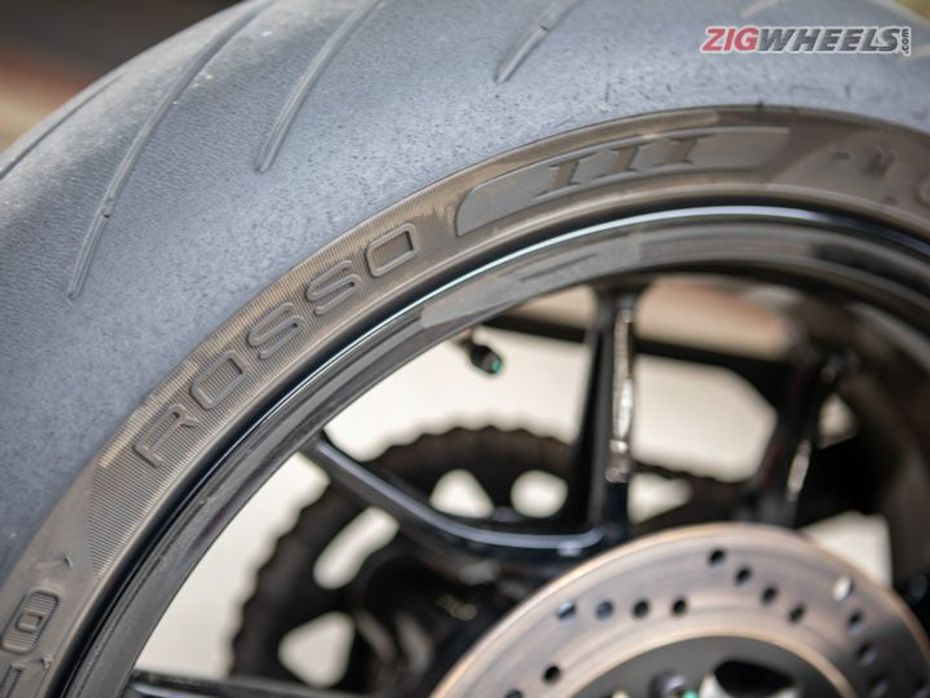
Contrary to popular belief, tubeless tyres aren’t less prone to punctures than tube tyres, but they do differ in what happens once you do get a puncture. Since a tube tyre is relying on the tube to hold pressure, once the tyre is pierced by say, a nail, and it manages to puncture the tube within, there is nothing to keep the air from rushing out of the tube. So you’ll see your tyre deflate within minutes once punctured. A tubeless tyre has no such tube, so if the tyre gets punctured by say, a nail, and the nail happens to stay stuck in the tyre (which it usually does), you actually get a decent seal between the hole the nail has created and the nail itself. So while a punctured tubeless tyre will eventually lose air pressure, it might even be days before you notice any deflation. You can even ride for quite a while before you notice any significant air loss. And generally tubeless tyres have slightly thicker sidewalls compared to tube tyres, so even when they fully deflate, they don’t collapse to the same extent as tube tyres.
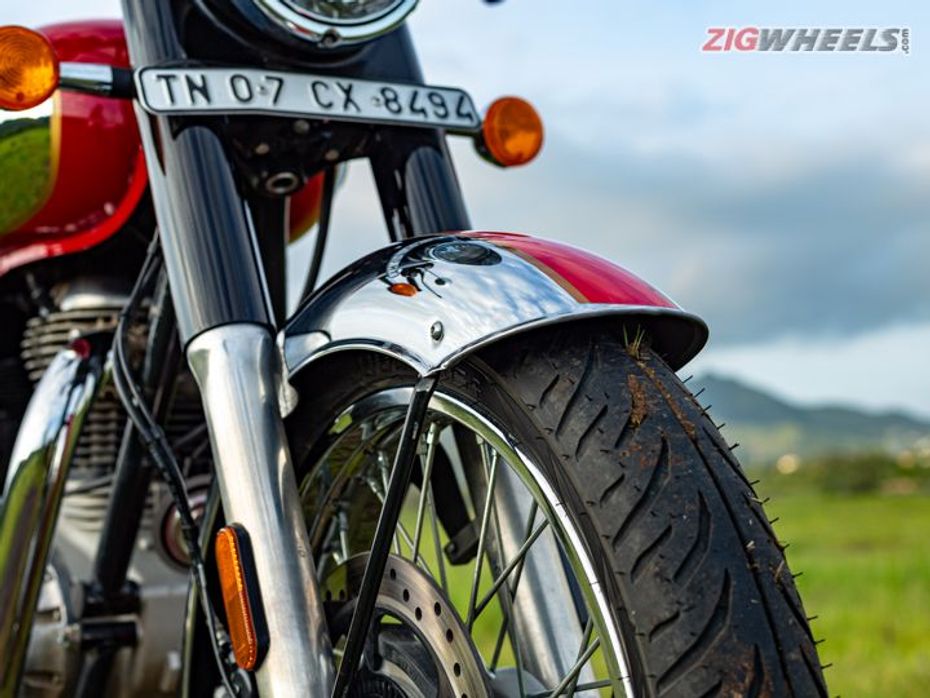
If a tubeless tyre gets a puncture, in most cases, there’s no need to get the tyre off the wheel, as the puncture can just be plugged with a special tubeless wire plug, while the wheel is still mounted to the bike. But these plugs are more expensive than the patches used to fix tube punctures, and since tubeless tyres are relatively new, puncture walas also end up charging a premium to fix them. Tube tyres need the wheel to be unmounted off the bike and the tyre to be taken off the rim to access the tube within in order to fix the puncture. But once that’s done, fixing the puncture requires inexpensive materials such as a small rubber patch (usually scavenged from old tubes) and some rubber glue, which makes the process more labour intensive, but much cheaper.
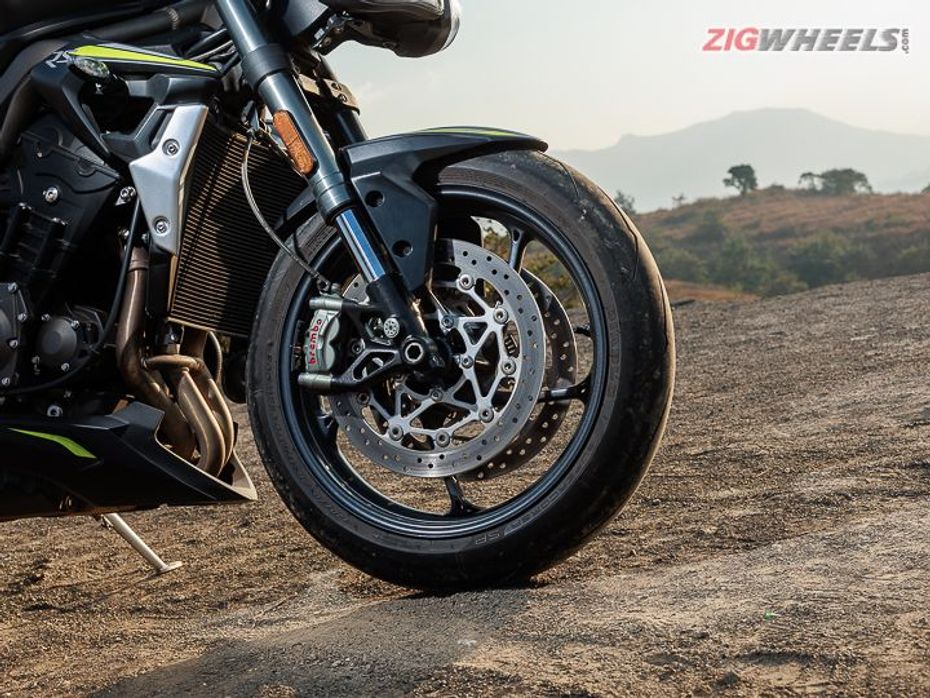
Because tubeless tyres rely on a good seal between the tyre and rim lip to hold air pressure, what kind of rim you have also matters. Generally, tubeless tyres only work with alloy rims as the rims of wire spoke wheels have holes down the middle to thread the spokes through. This means that a tubeless tyre won’t be able to maintain pressure if used with a wire spoke wheel. If you do want to use tubeless tyre on wire spoke wheels (like on some top-end adventure bikes), you need more expensive side laced wire spoke wheels, which thread the spokes from the lip of the wheel rather than the centre. Also, since tubeless tyres are relying on a good seal between the lip of the rim and the tyre, a bent or damaged wheel lip will cause tubeless tyres to keep losing pressure.
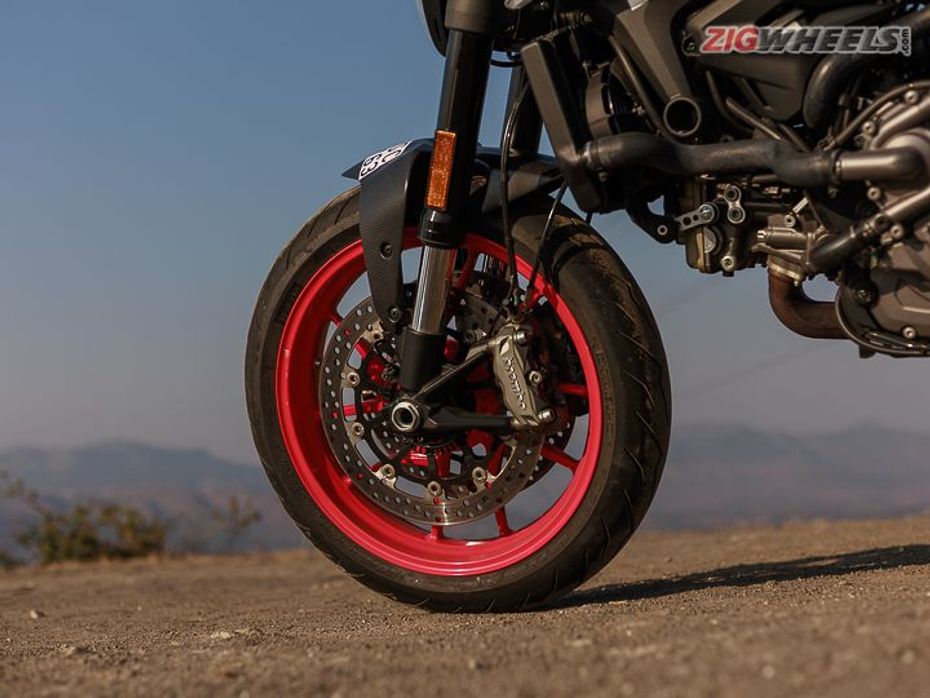
Since tubeless tyres don’t use a separate tub to maintain pressure, these tyres generally need to have thicker sidewalls and better construction quality to keep them air tight. And that makes them a little bit more expensive than comparable tube tyres, even if you take into account the extra cost of the tube for a tube tyre.
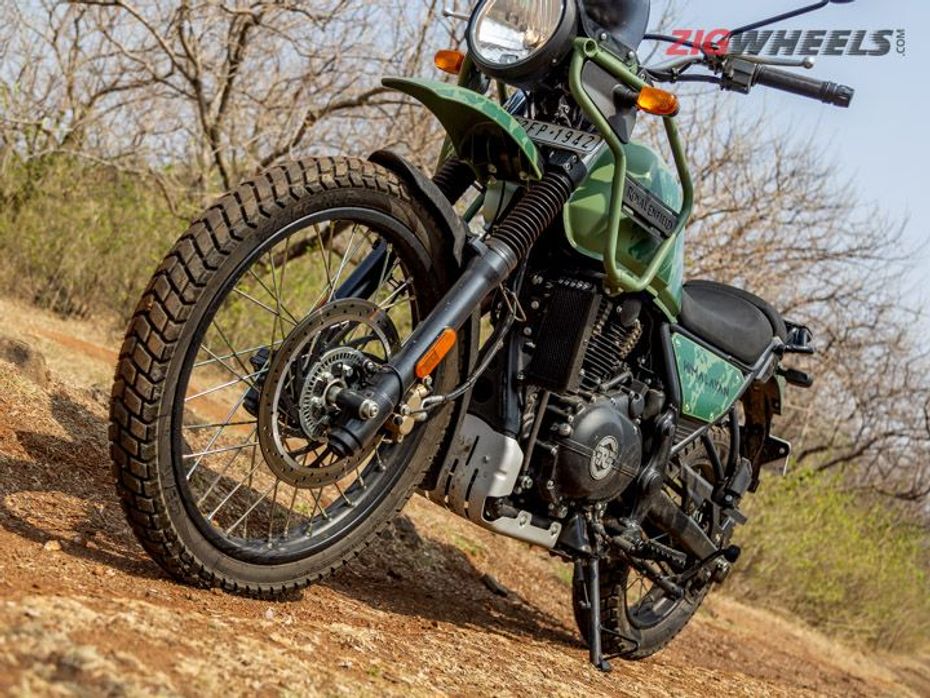
Since the tube that holds the air rides separately inside the tyre body, it can sometimes get pinched and pulled (especially around the area of the valve stem) if it’s low on pressure. This can cause the tube to tear and lose its inflation completely. Also since the tube is more delicate compared to the body of the tyre itself, there’s a low, but not zero, chance that the tube could take more heat damage compared to a tubeless tyre (especially if it’s over inflated), leading to a rupture in some (rare) cases.
India's largest automotive community